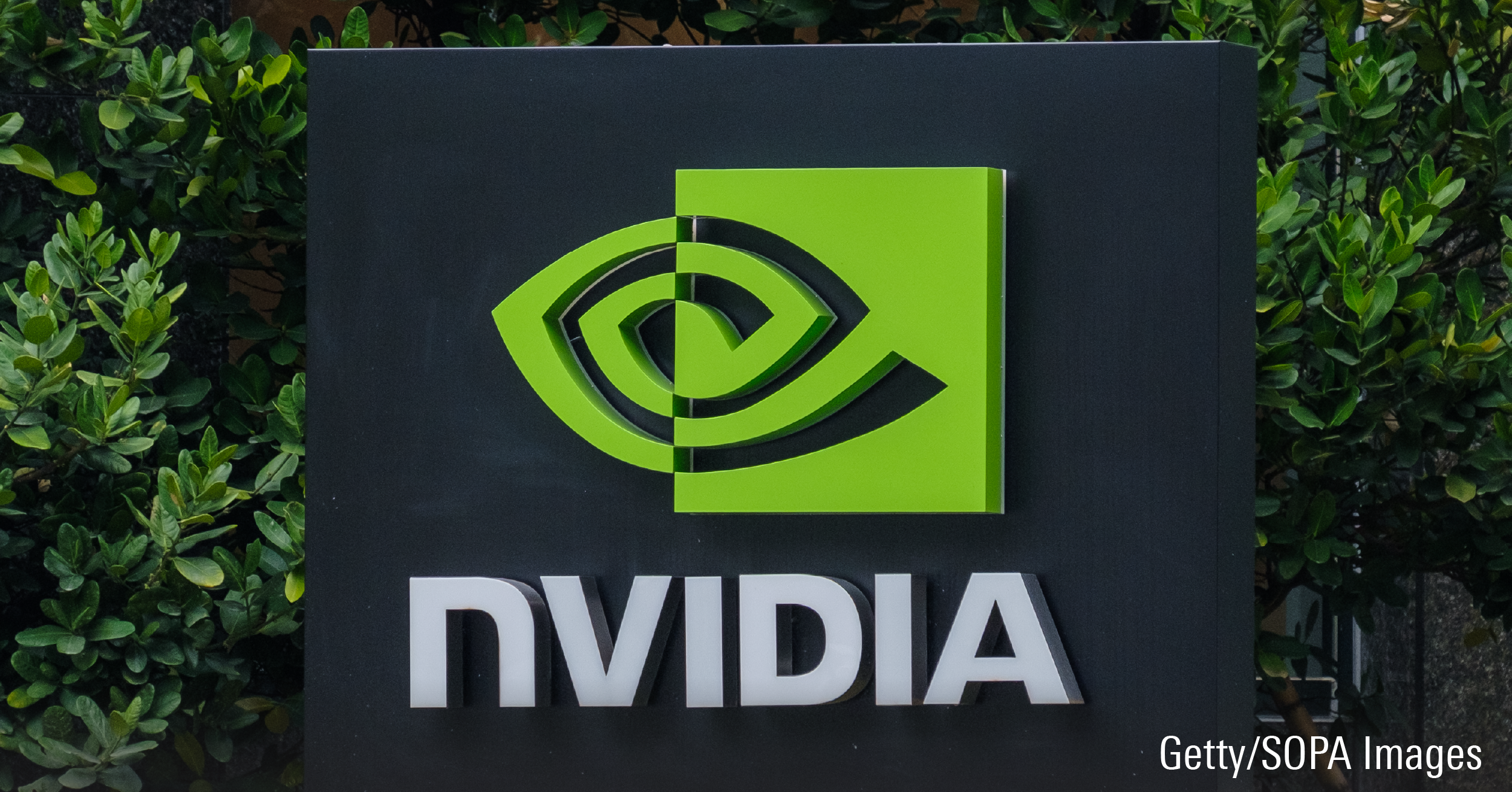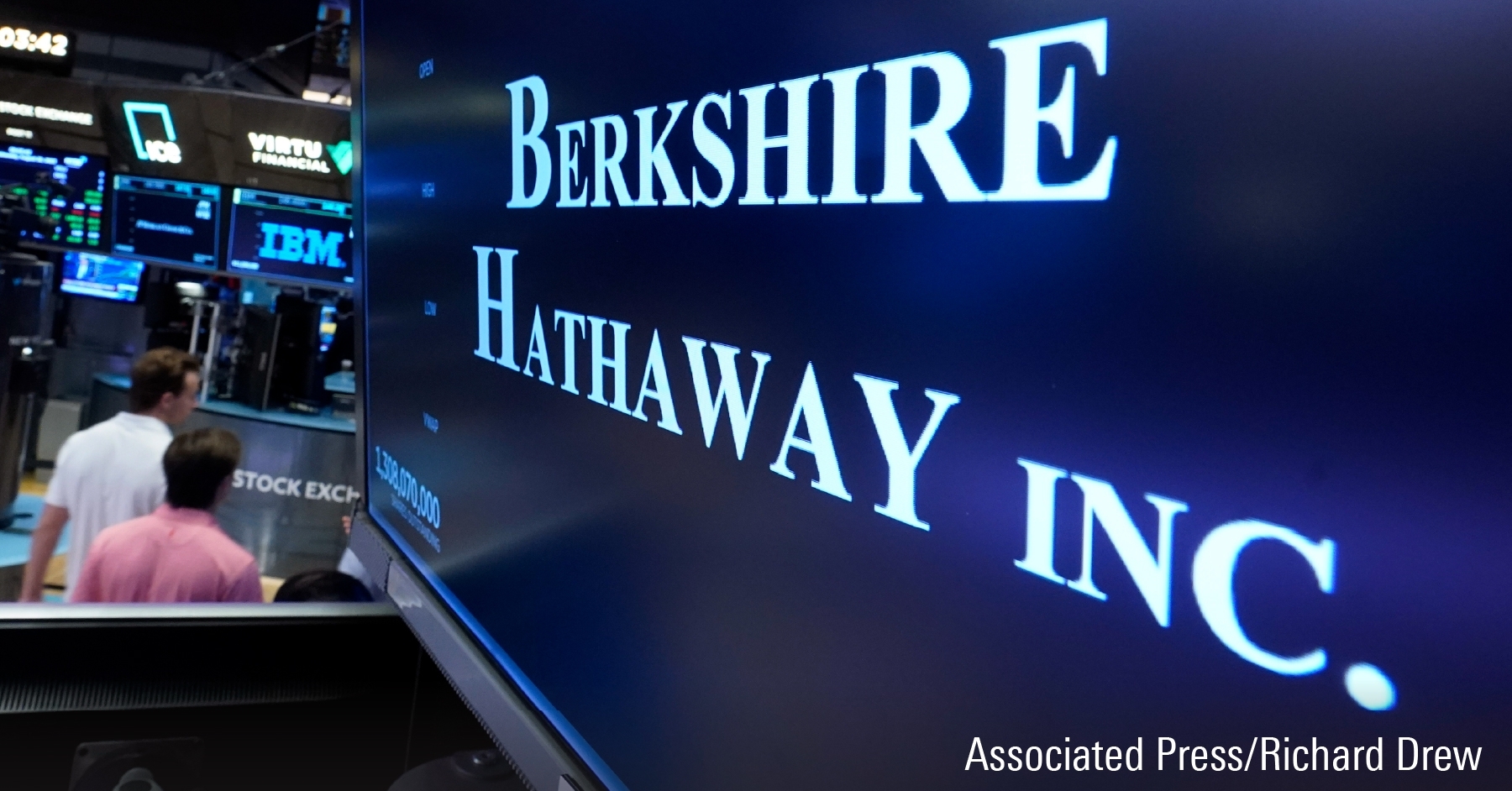As a result, we have raised our fair value estimate to $120 per share from $90 to account for slightly faster margin improvement in the U.S. and international segments, faster growth in international net subscriber additions, and slightly faster growth in average monthly revenue per paying member in the United States. Even with the fair value estimate increase, however, the shares still appear fundamentally overvalued to us. Our 1-star rating rests on five key points about narrow-moat Netflix and the competitive landscape in which it operates.
First, we believe that the level of competition in the U.S. and internationally is increasing and will continue to do so in the near future. Walt Disney (DIS) will launch its own branded subscription video on demand service in the second half of 2019, and other companies such as Walmart (WMT) are reportedly planning to enter the market as well.
Second, we suspect that these competitors plan on undercutting Netflix's pricing, which should limit the speed at which Netflix will able to increase prices. Disney management has promised to price its branded SVOD offering significantly under Netflix’s at launch.
Third, we project that Netflix's free cash flow burn will continue as the company ramps up its investment in content. Management’s reiterated guidance for a free cash flow loss of $3 billion-$4 billion in 2018 implies a loss of $2.2 billion-$3.2 billion in the second half, which would be larger than the $2 billion burn in all of 2017.
Fourth, we believe that the need for increased content and marketing spending outside the U.S. will limit the rate of margin expansion for the international segment.
Fifth, we envisage a world in which Netflix is one of the major over-the-top media channels, not the only one or part of a duopoly with Amazon (AMZN). We note that Netflix management at least publicly views its platform and its future in a similar manner to us.
While Netflix has so far trounced its competition in the U.S. by reaching 56 million paid subscribers, Hulu has posted impressive sub growth over the past few years and reached 20 million paid subscribers in May. We believe that Hulu will benefit from being controlled by one company (Disney) as well as the further adoption of OTT pay television in the U.S. There are a number of niche SVOD providers catering to fans of very specific genres, such as anime or Asian dramas, which could pull subscribers away from Netflix and other mass-market SVOD providers. Major companies are creating niche SVODs like the DC Universe offering from Warner Bros., which will launch this fall for $74.99 per year or $7.99 on a monthly basis. Outside the U.S., Netflix faces regional players including strong competition in one of the company's most important growth markets, India, where Netflix is chasing Amazon and the market leader, Fox's (FOX) Hotstar. Both Amazon and Hotstar are priced well below Netflix, and Hotstar benefits from a very popular free tier that is ad-supported. Hotstar should also benefit from joining Disney with its new direct-to-consumer outlook.
Many Netflix bulls appear to view the current $8 billion annual content spending as a long-term investment that the company can use to lower its future content spending. We believe that while content libraries do have value, Netflix is similar to more traditional media networks such as CBS or HBO, in that the company needs to constantly acquire and produce new content to attract and retain viewers (also known as subscribers in the case of Netflix and HBO). If Netflix significantly reduced the amount of new content that it put onto its platform, we would expect churn to increase as viewers would flock to the other OTT providers and traditional channels, which would be adding new shows and movies. While Netflix is building out a strong content backlog, competitors such as Disney, Warner Bros., and NBCUniversal have been creating their respective libraries for decades and continue to expand them with new content. We also note that these companies can monetize both new and old content on multiple platforms, unlike Netflix, which has one primary source of revenue: subscriptions.
While Netflix is the largest global SVOD platform, we don't believe that viewers in the near future will have a choice only between Netflix and Amazon. Not only will there be SVODs from traditional companies like Disney, but we believe that consumers will continue to watch linear TV. While cord-cutting and cord-shaving have hurt the traditional pay-TV providers in the U.S., we note that the lower-priced OTT bundles from providers such as Sling, Hulu, and YouTube have attracted more than 5.5 million subscribers. While ratings are down for TV viewing, the average American household still watches over 4 hours of live and time-shifted TV a day, according to Nielsen. Beyond traditional media companies like Disney and CBS, tech companies like Facebook (FB) and Apple (AAPL) have started to invest in content creation.
We believe that Netflix’s current stock price reflects a final state in which the company is either the only major content provider or part of a duopoly with Amazon, particularly for serial (or TV) content. The current 2022 consensus adjusted earnings per share forecast of $12.99 implies just under 50% annual EPS growth from the current consensus 2018 EPS forecast of $2.68. While we think that this EPS growth outlook is very bullish, we note that the current stock price around $365 still implies a very high 28 times multiple on 2022 EPS.
Financial professionals are accessing this research in our investment analysis platform, Morningstar Direct Cloud. Try it today.
Neil Macker, CFA does not own shares in any of the securities mentioned above.
Artikkelen inneholder fremskrivninger som er usikre av natur. Artikkelen ble først publisert på Morningstar.com 23.7.2018. Analytiker kan gjøre endringer som følge av endret syn, ny informasjon om hendelser, mm. Analyser blir først publisert på Morningstar Select, en betalt tjeneste.

























